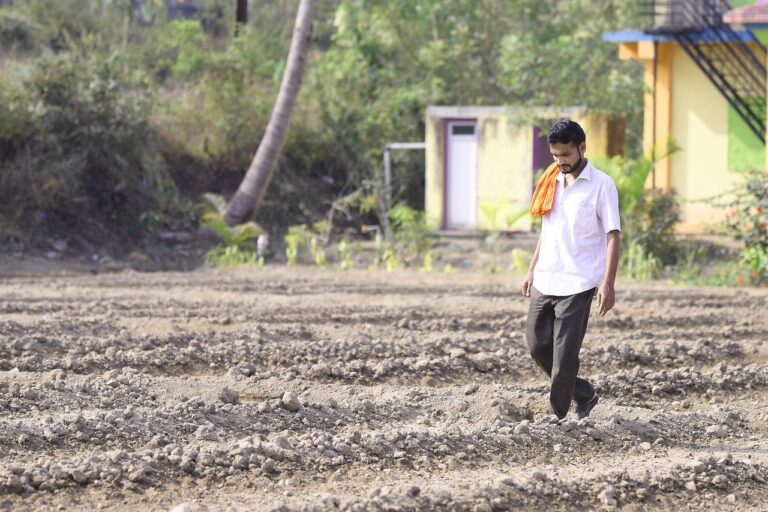Election Day Preparedness: Ensuring Adequate Resources
As Election Day approaches, it’s crucial to ensure that adequate resources are in place to make the voting process smooth, efficient, and accessible for all citizens. From polling locations to ballot printing, staffing, and equipment, every aspect of the election process requires careful planning and preparation to ensure a successful outcome.
Polling Locations
One of the most critical aspects of election preparedness is ensuring that polling locations are adequate, accessible, and conveniently located for all voters. Local election boards should work to secure suitable sites that meet all legal requirements, including ADA compliance, parking availability, and proximity to public transportation.
Ballot Printing
Another key component of election preparedness is printing an adequate number of ballots to accommodate all registered voters. Election officials must work closely with printing vendors to ensure that ballots are accurate, properly formatted, and ready for distribution well in advance of Election Day.
Staffing
On Election Day, a sufficient number of well-trained poll workers is essential to ensure that voting proceeds smoothly and efficiently. Local election boards should recruit, train, and deploy a diverse team of workers to staff polling locations, assist voters, and address any issues that may arise throughout the day.
Equipment
In addition to ballots and staffing, election officials must ensure that all necessary equipment, such as voting machines, scanners, and tabulators, is in good working order and ready for use on Election Day. Regular maintenance, testing, and calibration are essential to prevent technical problems that could disrupt the voting process.
Security
To safeguard the integrity of the election process, election officials must implement robust security measures to protect voter information, prevent fraud, and ensure the accuracy of election results. This includes securing voting equipment, monitoring for cybersecurity threats, and training poll workers to detect and respond to suspicious activity.
Communication
Clear and effective communication is essential to ensure that voters are informed about the location of their polling place, hours of operation, voter ID requirements, and any other essential information they need to participate in the election. Election officials should utilize a variety of channels, including websites, social media, and traditional media outlets, to keep the public informed and engaged.
Conclusion
By taking proactive steps to ensure that adequate resources are in place, election officials can help to ensure a smooth, efficient, and successful Election Day for all voters. From polling locations to staffing, equipment, and security, each aspect of the election process plays a critical role in upholding the democratic process and ensuring that every eligible voter has the opportunity to cast their ballot.
FAQs
Q: What should I do if I encounter problems at my polling place on Election Day?
A: If you encounter any issues at your polling place, such as long lines, malfunctioning equipment, or confusion about your eligibility to vote, speak to a poll worker or election official for assistance. They are there to help ensure that you can cast your ballot properly.
Q: Can I bring my phone or electronic devices into the polling booth?
A: It’s best to check with your local election officials for specific rules regarding the use of electronic devices in the polling booth. In some jurisdictions, you may be allowed to use your phone to assist with voting, such as accessing a voter guide or sample ballot.
Q: What should I do if I see something suspicious or concerning at my polling place?
A: If you observe any suspicious activity, such as voter intimidation, tampering with equipment, or other irregularities, report it to a poll worker or election official immediately. They are trained to handle such situations and can take appropriate action to maintain the integrity of the election.







